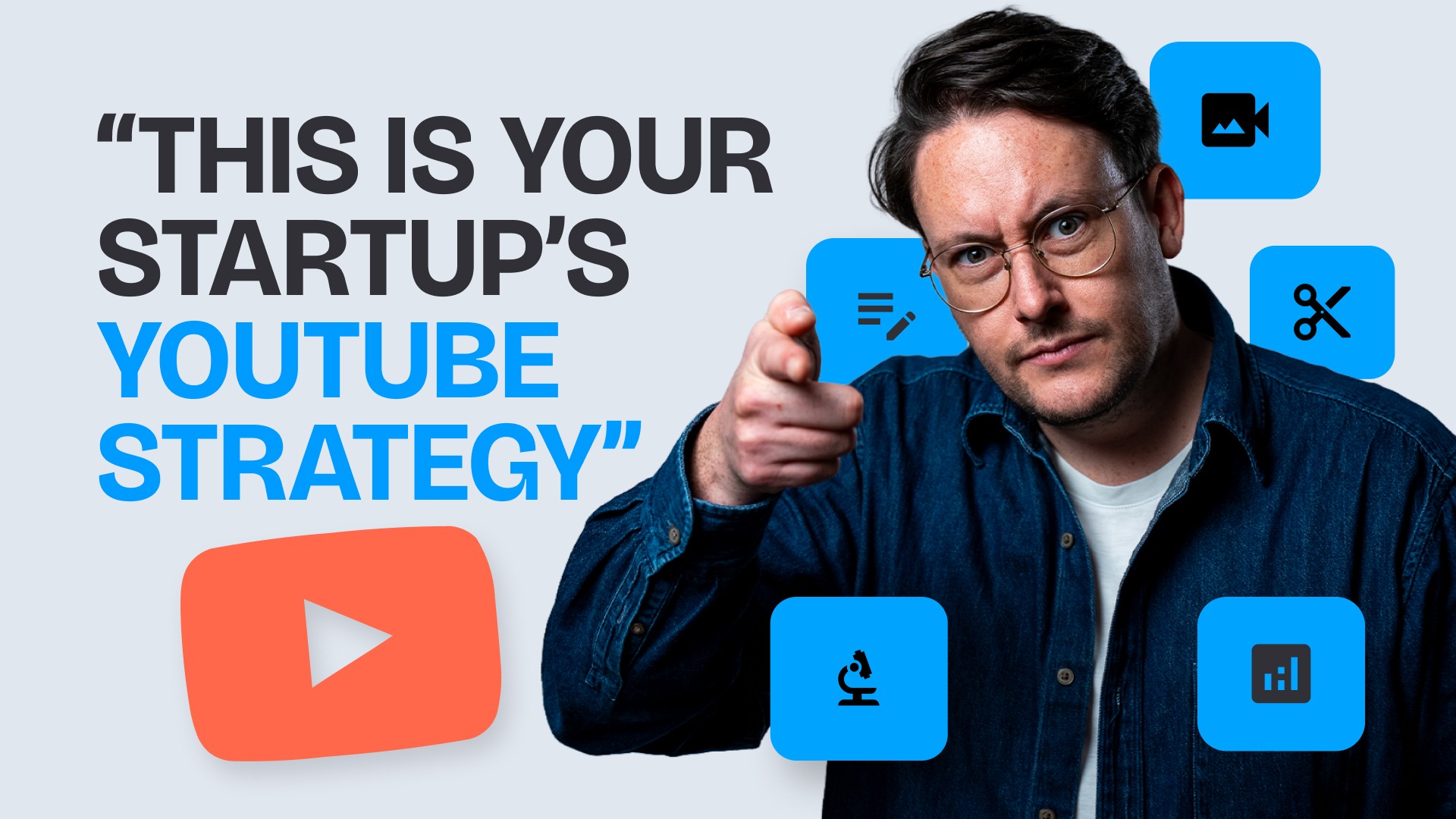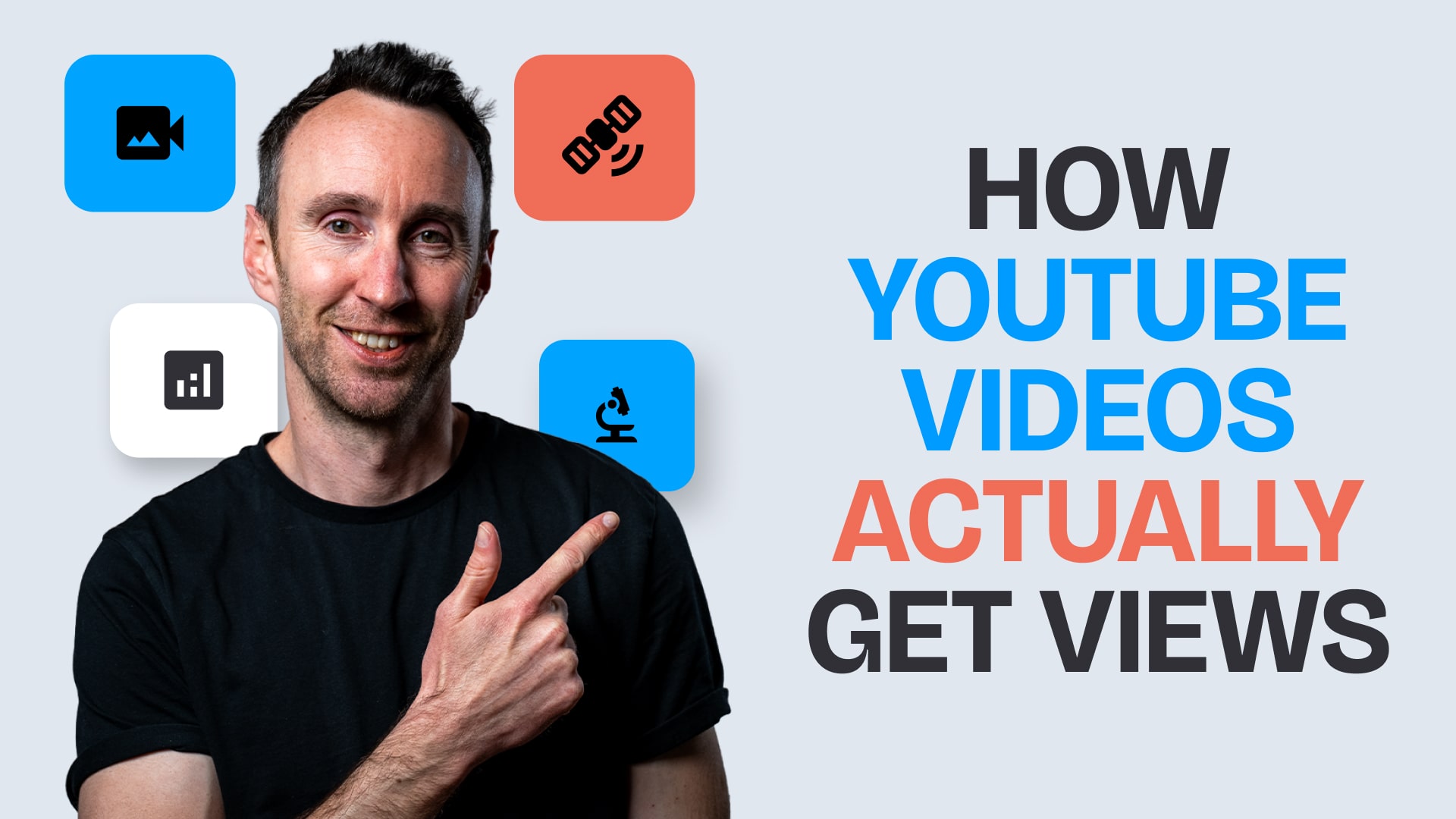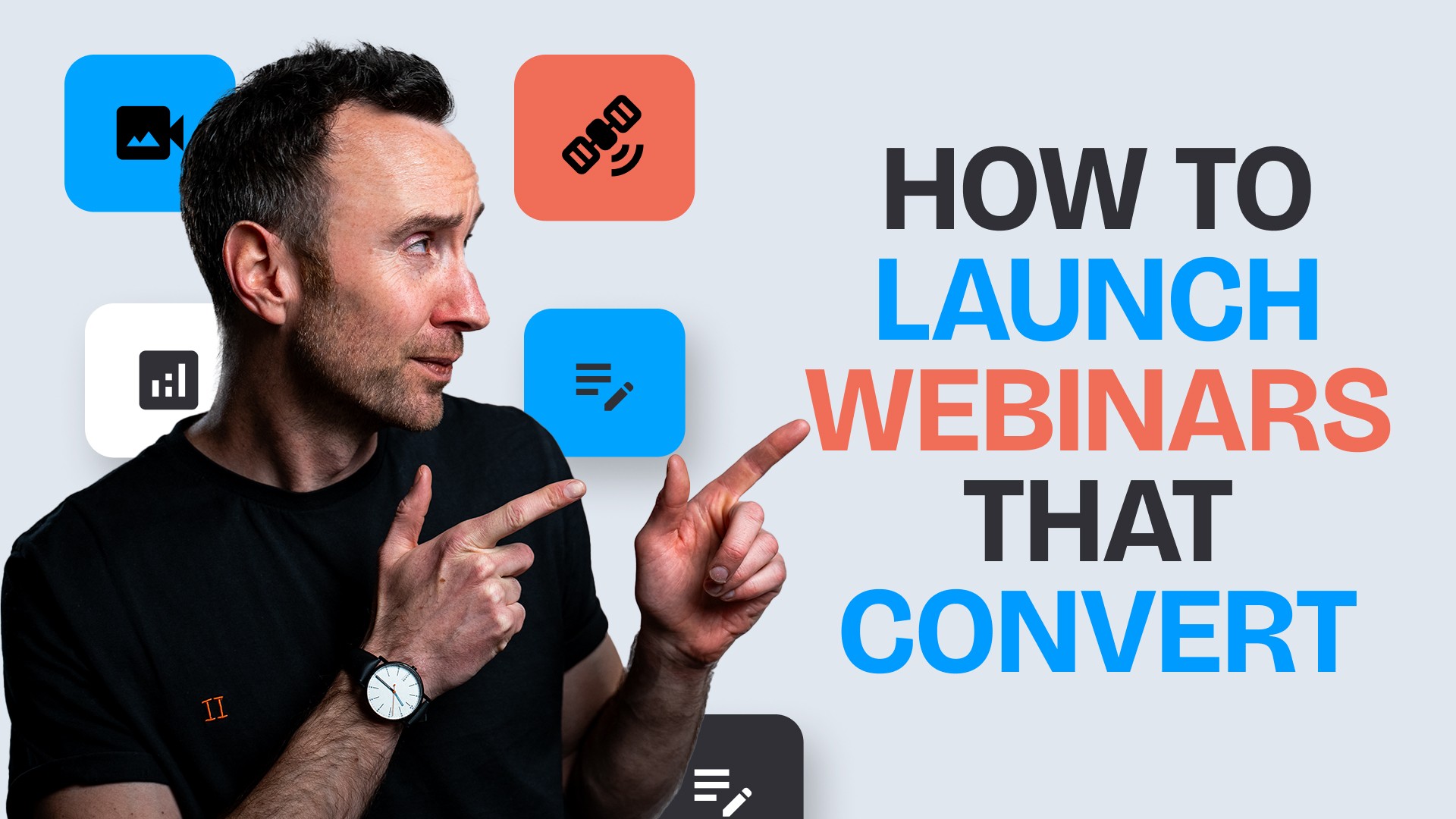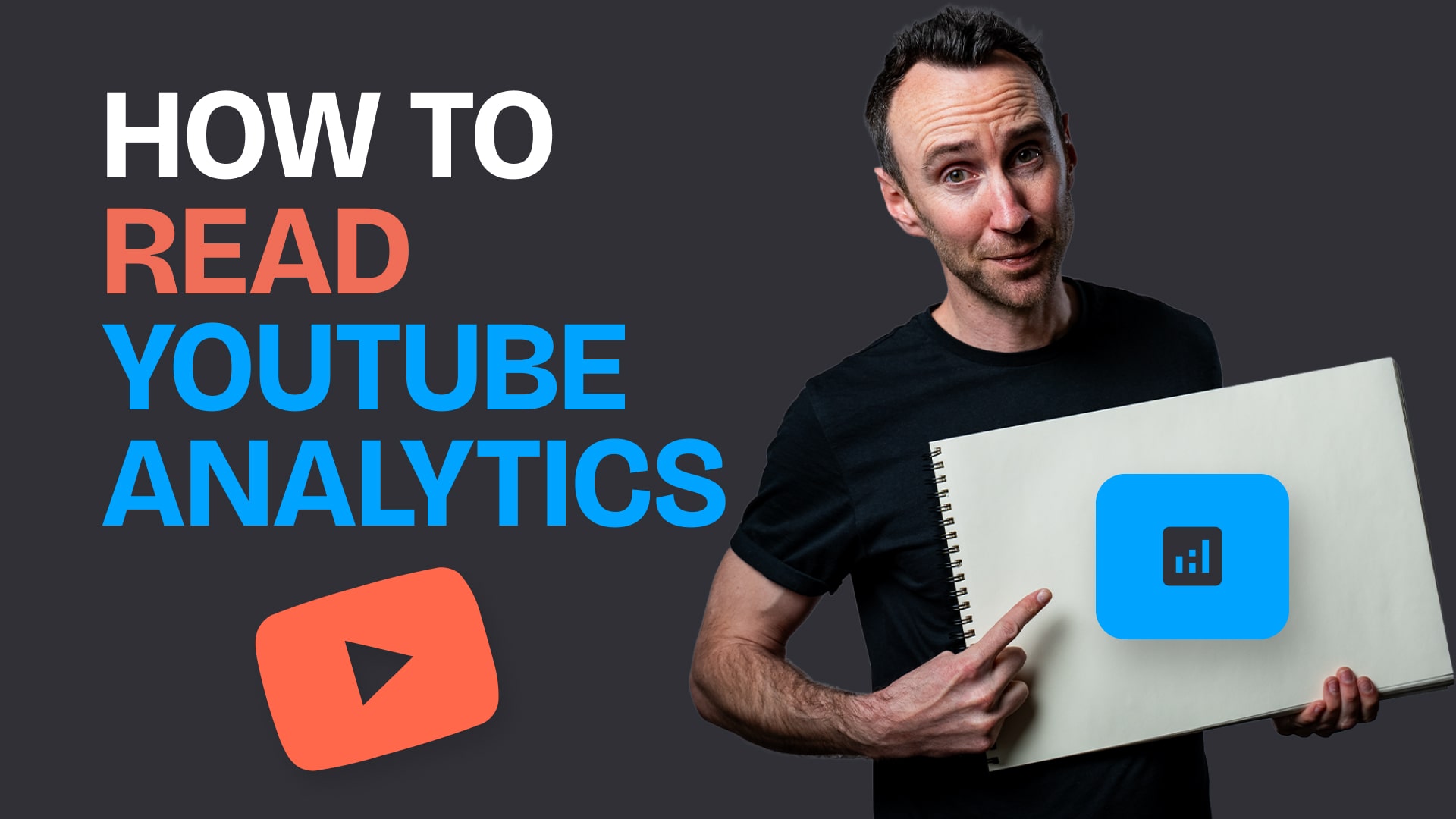BLOG OVERVIEW
How to Build a YouTube Content Strategy for Your Startup
In
YouTube
by
Calum Russell
Jun 5, 2025
Most startups know they should “do YouTube.” But between inconsistent uploads, awkward intros, and videos that quietly gather dust at 17 views, it’s clear that good intentions don’t guarantee a good strategy.
The truth is, launching a YouTube channel isn’t a creative experiment. It’s a business decision. And like any growth initiative, it needs a strategy that aligns with goals, makes smart use of internal resources, and avoids lighting your budget on fire.
In this guide, we’ll show you how to build a lean, effective YouTube content strategy for your startup—from setting goals and structuring your team to building a workflow that scales. No fluff. No vanity metrics. Just a strategy that drives real results.
Step 1: Define Your Goals, Audience, and Role of YouTube
Before we even think about cameras or thumbnails, let’s take a beat and ask the three questions that shape everything:
Why are we doing YouTube?
Who are we trying to reach?
What’s our definition of success?
For B2B SaaS, the goal might be lead gen through educational content. For DTC brands, it could be brand affinity and long-term retention. The key is to tie YouTube to a real business objective. Awareness is not a goal—it’s a stage.
You should also define what YouTube will and won’t be for your business. Is it your content hub? A way to build thought leadership? A social proof engine? One good channel can’t be everything.
Step 2: Map Your Funnel and Align Formats
YouTube’s strength lies in its ability to stretch across the full funnel—from first impression to final decision. A good content strategy maps specific formats to each stage of that funnel.
At the top, Shorts and “What is…” explainers help spark visibility and introduce your brand to new audiences. As interest builds, videos like listicles, trend reactions, and product-led narratives keep viewers around long enough to start trusting you. For those actively considering a solution like yours, think webinars, interviews, or free courses. And when it's time to convert, there’s nothing more effective than product walkthroughs, honest testimonials, or real customer stories.
Here’s a simplified model:
Funnel Stage | Video Format | Goal |
|---|---|---|
Awareness | Shorts, “What is…” explainers | Reach & visibility |
Interest | Listicles, trend reactions, mini-docs | Time-on-channel |
Consideration | Webinars, expert interviews, deep dives | Lead gen, nurturing |
Conversion | Case studies, walkthroughs, testimonials | Sales enablement |
Advocacy | CEO content, comment replies, community tab | Retention & brand love |
Step 3: Build the Right Team for Your Stage
You don’t need a Hollywood crew. But you do need a structure that matches your resources—and your ambition.
At the earliest stage, where the budget’s tight and the team is lean, one generalist marketer can often wear the strategist hat. With a freelance editor, AI-assisted scripting, and Zoom footage from the founder, you can create content that speaks directly to your ICP without over-engineering the process. Thought-leadership content and SEO-optimized explainers are great starting points here.
As you hit early growth, it’s time to firm up the structure. Maybe you bring in an agency or freelance strategist to help shape the roadmap. A part-time video editor can take the pressure off production. And if your founder or domain expert is willing to appear on camera—even better. At this stage, it’s less about scale and more about rhythm. A single strong video per week can build serious traction.
Later, once the channel proves ROI, you can scale intentionally. That might mean hiring an in-house content strategist, bringing production under one roof, and adding roles like motion designers or writers. With more data and consistency, you can introduce workflows for repurposing, A/B testing, and channel optimization. By then, YouTube isn’t a test—it’s a core part of your go-to-market.
Step 4: Build a Smarter, Strategic Content Calendar
Think of your YouTube calendar less as a schedule and more as a strategic tool. It should help you plan content across the funnel, line up videos with key launches or campaigns, and ensure you’re not just posting—but posting with intention.
Rather than pumping out content weekly just to “stay active,” aim to cover different strategic needs. For example, one week you might release a top-of-funnel explainer; the next, a customer story aligned with a feature launch. Layer in evergreen pieces that speak to common objections or search queries. Over a 6–8 week span, you’ll start to see a balanced content mix that drives both reach and relevance.
Tools like VidIQ or TubeBuddy can help with keyword planning, but always pressure-test the output through a human lens. Titles, thumbnails, and scripts should speak to people—not algorithms.
Step 5: Set Up a Workflow That Ships
It’s easy to build a plan. It’s much harder to execute it, week after week.
Startups usually struggle here—not because the ideas aren’t good, but because the workflow breaks down. Scripts get stuck in review. Edits take too long. People lose track of what’s next.
To stay on track, establish a predictable weekly cadence. Monday could be for scripting and sign-offs. Tuesday for filming. Wednesday and Thursday for editing and feedback. And Friday for scheduling and distribution. Keeping each step bite-sized makes it easier to maintain momentum—and to spot bottlenecks before they derail everything.
Use tools that simplify the process rather than complicate it. Frame.io or Descript are great for async collaboration. Notion or Airtable can help track progress. The goal isn’t perfection—it’s momentum.
Step 6: Focus on the Metrics That Matter
It’s tempting to chase views. But unless your goal is AdSense revenue (which it probably isn’t), you need to track metrics that reflect business value.
Start with click-through rate (CTR) to assess whether your positioning and packaging are working. Average view duration (AVD) shows how well your content holds attention. Then go deeper: Are people visiting your site from YouTube? Signing up? Booking demos? Downloading lead magnets?
One tactic we love: embedding YouTube videos into high-performing blog posts. It boosts session time and YouTube watch time—two birds, one stone. Use UTMs to trace conversions back to specific videos, and tailor your CTAs so they feel like content, not a hard sell.
Step 7: Avoid the Classic Budget Pitfalls
Plenty of startups burn money on YouTube—and not because they don’t care. It usually comes down to misaligned priorities.
One of the biggest mistakes is over-investing in production before you’ve validated your messaging. A cinematic masterpiece means nothing if it doesn’t resonate with your audience.
Another is outsourcing strategy too early. Execution is easy to buy—but nobody knows your customer like you do. If you don’t own the brief, don’t be surprised if the output feels generic.
And finally, don’t fall into the trap of only making awareness content. Yes, it’s fun. Yes, it gets views. But if there’s no path to consideration or conversion, you’re not building a funnel—you’re building a fan club.
Final Thoughts: Start Lean. Think Long-Term.
If you’re serious about making YouTube work for your business, treat it like you would any core channel. Set goals. Build a team. Invest in systems. And most importantly, give it the time and space to grow.
Start with one great video per funnel stage. Build a lean workflow around it. Test, learn, and improve. Over time, YouTube can become one of the most efficient—and effective—channels in your mix.
For more depth on how YouTube fits into a broader growth engine, check out our post on YouTube Strategy for Business, or go behind the scenes in our guide to what a YouTube Strategist actually does.
Happy strategizing!




